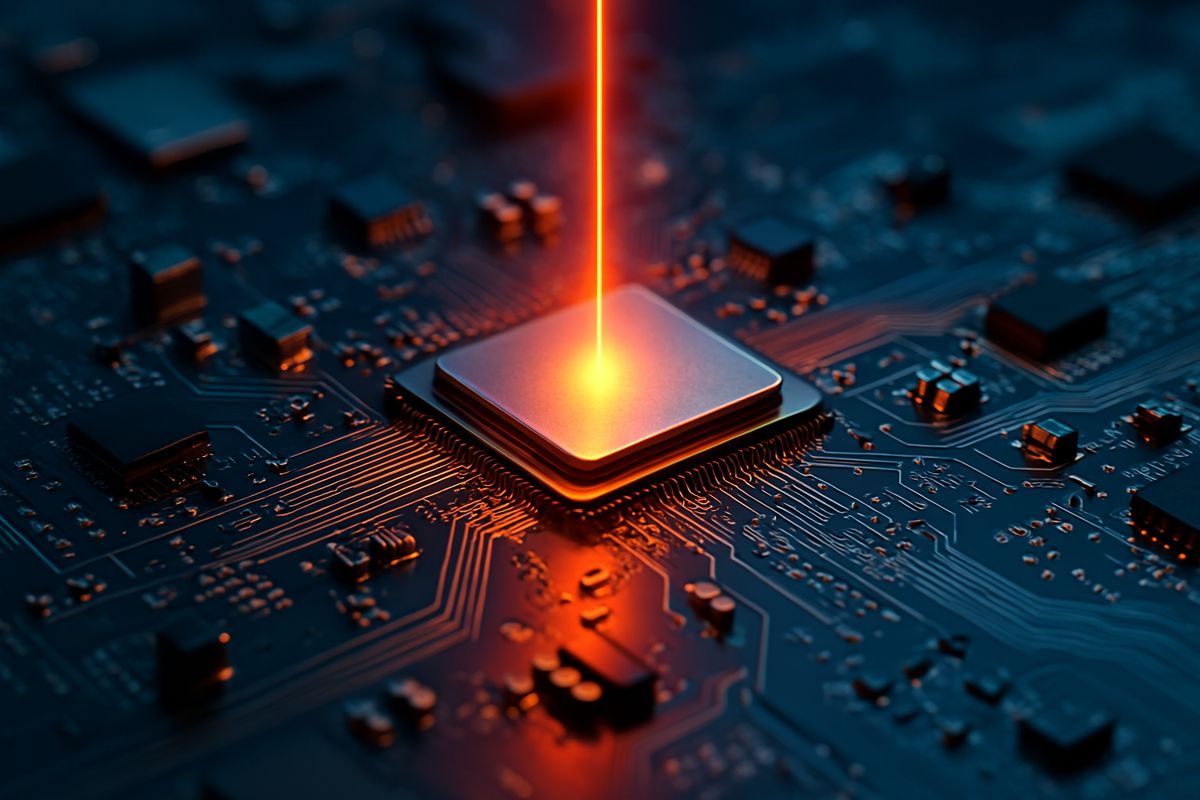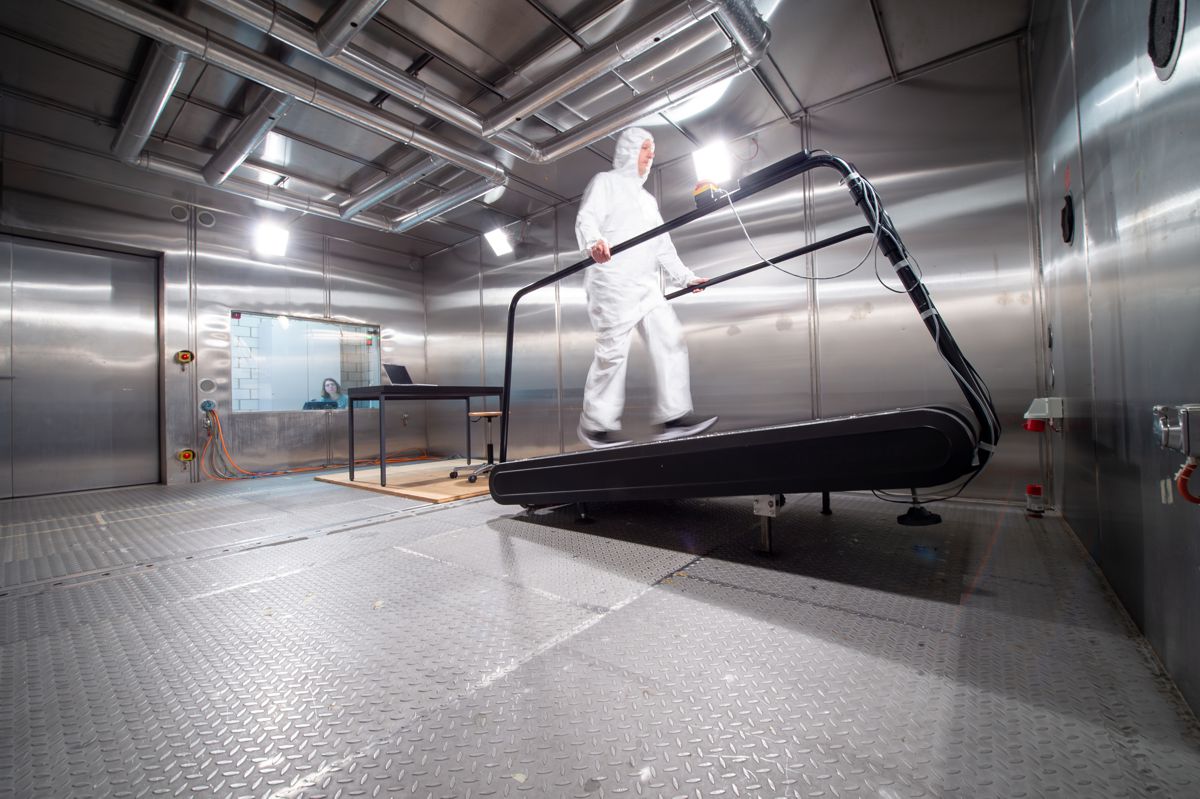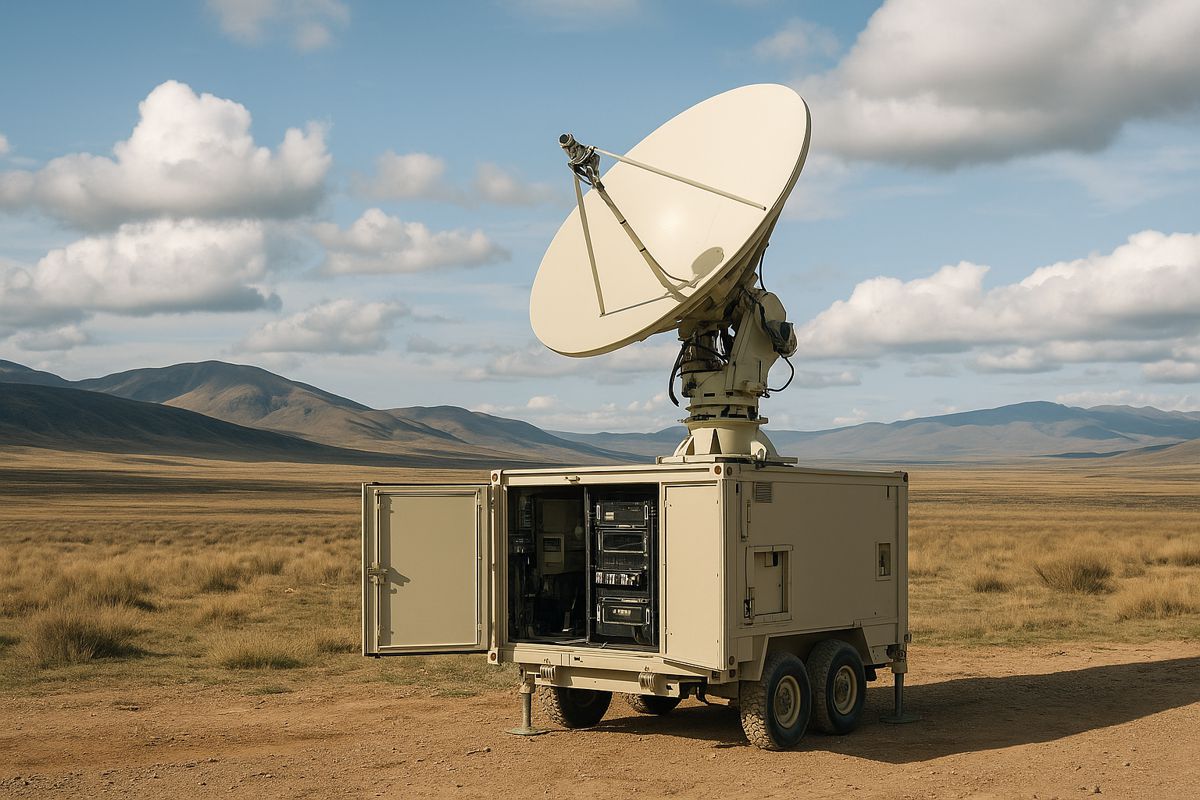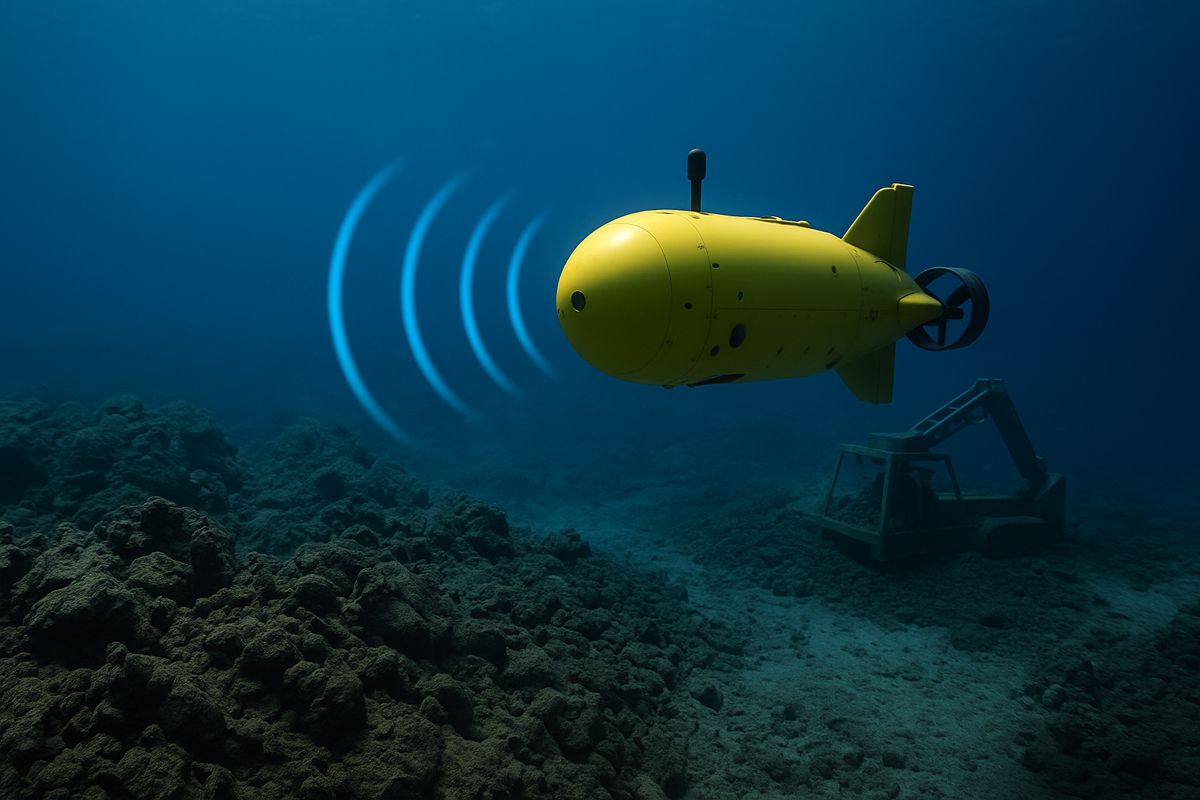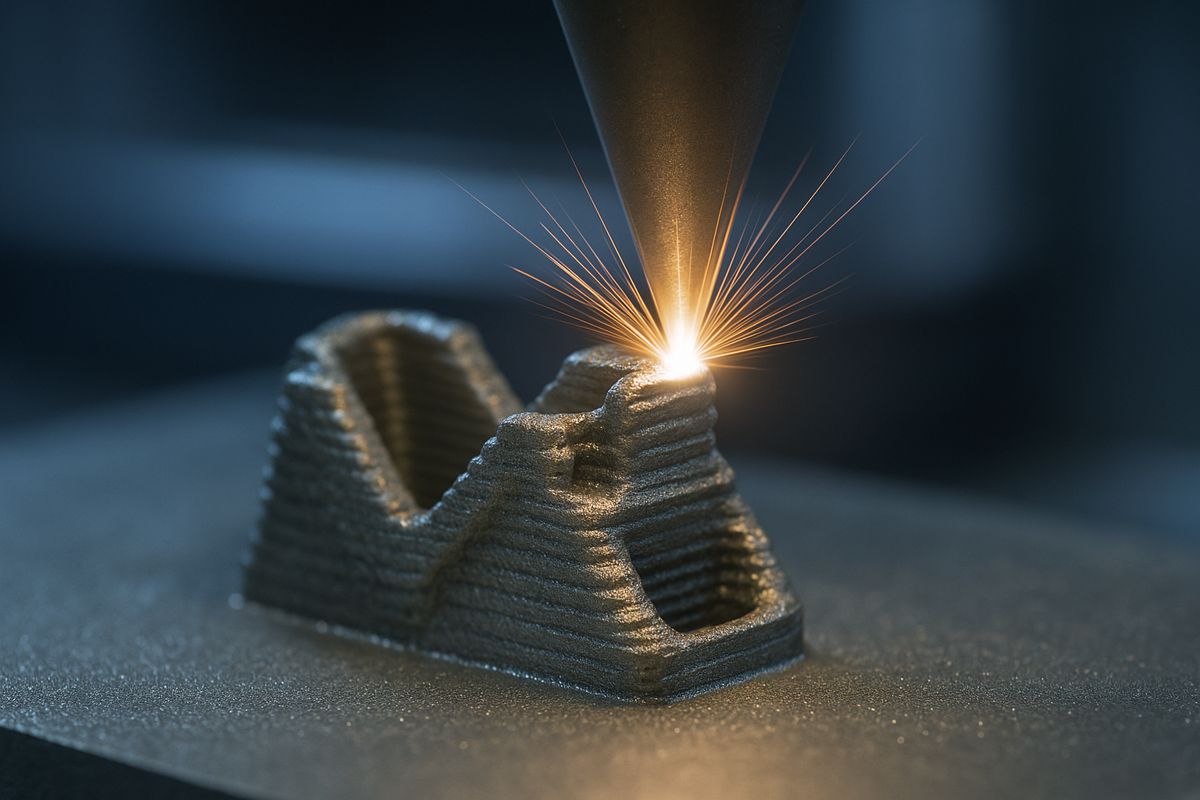Pushing Computing Performance Further with Laser Cooling
In an unexpected twist, lasers, typically known for their prowess in heating and cutting, are now being harnessed for cooling computer chips. This ground-breaking innovation could dramatically slash energy usage and water consumption at data centres, potentially reshaping the future of computing infrastructure.
Minnesota-based start-up Maxwell Labs, alongside Sandia National Laboratories and the University of New Mexico (UNM), is spearheading this ambitious research effort.
Tackling Energy and Water Challenges
Data centres, essential hubs packed with thousands of servers that process everything from emails to artificial intelligence tasks, face significant cooling challenges. These energy-hungry facilities can devote up to 40% of their power to keeping servers cool, according to Raktim Sarma, the lead physicist at Sandia overseeing the collaboration. Beyond energy, extensive water use by traditional cooling systems places immense strain on local water resources.
“About 30 to 40 percent of the energy data centres use is spent on cooling,” noted Sarma, emphasizing the environmental and economic pressures that facilities face.
Recognising these challenges, Maxwell Labs is developing a photonic-based cooling solution that could significantly reduce energy consumption and potentially recycle excess heat back into usable power. Maxwell’s innovative approach uses laser-based photonics, technology previously unexplored in the context of computer cooling.
A Cool New Frontier
Photonics technology, leveraging the properties of light for practical applications, already offers faster data transmission and increased energy efficiency compared to conventional electronics. Now, Sandia’s research is pushing photonics into uncharted territory—cooling.
Under specific conditions, lasers can indeed cool objects, a phenomenon exploited in cutting-edge quantum computing. By carefully matching laser frequencies with highly purified targets, scientists can precisely control temperatures at extremely small scales.
“We really only have to cool down spots that are on the order of hundreds of microns,” Sarma explained. To put that into perspective, that’s about the size of a tiny speck of dust.
Revolutionary Microcooling Systems
Maxwell Labs’ innovative laser-cooling solution involves a photonic cold plate, a revolutionary design aiming to either augment or replace traditional air and water cooling systems. The company’s cold plates use microscopic channels roughly the size of a virus—1,000 times thinner than a human hair—to direct cooling laser light precisely onto hot spots on computer chips.
According to Jacob Balma, CEO of Maxwell Labs, the benefits extend beyond simple cooling: “This will enable novel energy-recovery paradigms not possible with traditional cooling technology.”
Initial models indicate laser cooling might surpass the performance of water-based systems. Cooler chips mean faster, more efficient processing and the potential for previously impossible computing power.
“A successful project will not only address the immediate need for energy savings but also pave the way for processors to operate at performance levels that were previously thought impossible,” said Mike Karpe, Co-Founder and Chief Growth Officer of Maxwell Labs.
Expertise in Gallium Arsenide
Central to Maxwell’s cooling design is gallium arsenide, a highly specialised semiconductor material that requires extreme purity. Even minuscule impurities can disrupt the cooling process, turning the photonic system from cooling to heating—a scenario researchers strive to avoid at all costs.
“That’s precisely what we’re good at,” Sarma affirmed, highlighting Sandia’s unique capabilities. Sandia’s experience in producing ultra-pure semiconductor materials dates back to its foundational role in creating microchips for the U.S. nuclear stockpile. Their approach, known as molecular beam epitaxy (MBE), allows precise atomic-layer control, crucial for the project’s success.
“With MBE, we use ultrahigh purity sources, we can control the thickness of materials with a precision of less than one atomic layer, and we grow the layers under ultrahigh vacuum,” added Sandia researcher Sadhvikas Addamane.
Strategic Collaboration and Ground-breaking Potential
Alejandro Rodriguez, Maxwell’s Co-Founder and CTO, who also holds a professorship at Princeton University, sees Sandia’s role as vital. Rodriguez, previously collaborating with Sandia on related photonic technologies, praised their unmatched combination of vision, capability, and interdisciplinary expertise.
“It became clear to me from this collaboration that Dr. Sarma and Sandia Labs are among only a handful of partners that carry the vision, appetite and technical capabilities to address the highly interdisciplinary and pioneering materials, electronics and photonic components of this project,” Rodriguez said.
Under their Cooperative Research and Development Agreement (CRADA), Maxwell Labs will design the cooling structures, Sandia will produce the semiconductor devices, and UNM will rigorously test and analyse their thermal performance. Such partnerships exemplify the collaborative innovation encouraged by CRADAs, which Sandia leverages extensively, entering 72 agreements in fiscal year 2024 alone.
Future-Proofing Data Centre Infrastructure
If successful, laser-based cooling could transform data centres worldwide, enabling a new era of efficiency and environmental sustainability. Cooler running chips could also unlock unprecedented processing capabilities, providing significant competitive advantages across numerous industries.
Balma encapsulated the transformative potential of their photonic technology: “The unique capability of light to target and control localized heating spatially and at optical timescales unlocks thermal design constraints so fundamental to chip design, it is hard to speculate what chip architects will do with it—but I trust that it will fundamentally change the types of problems we can solve with computers.”
A Cooler Future
As Maxwell Labs and Sandia Labs press ahead with their laser-cooling project, the implications for data centre operations and energy efficiency are profound.
This innovative use of laser technology may soon lead to tangible, scalable solutions that help solve pressing environmental challenges, demonstrating how cutting-edge science can drive sustainable technology.
